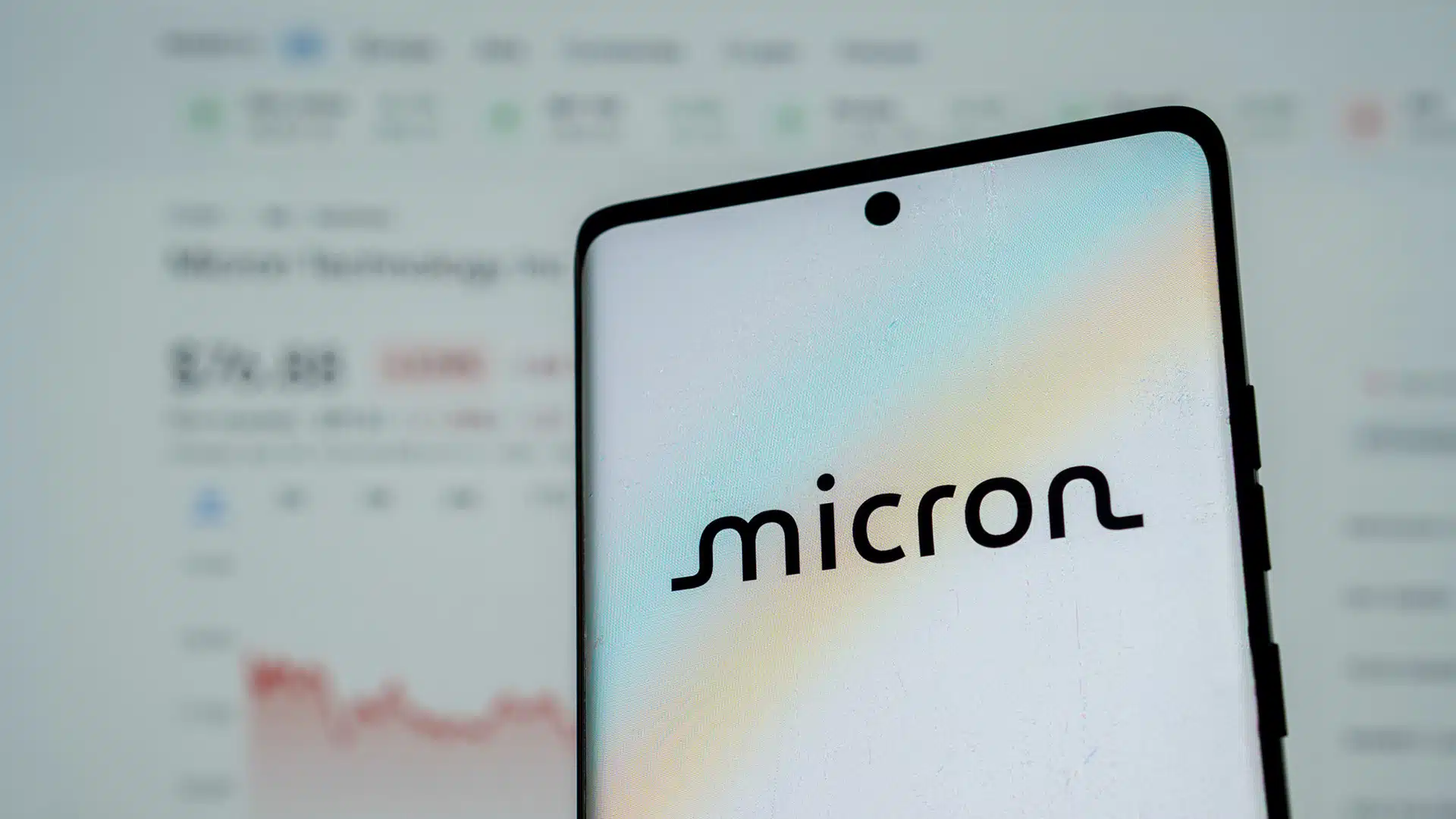Twilio Segment, a customer data platform (CDP) provider, has released a toolkit that the company says allows developers to create and tailor unique CXs intended to deliver greater customer engagement (CE). The Twilio Segment Developer Toolkit equips organizations with powerful capabilities for customer data collection and integration, according to a news release last week from the San Francisco, California-based outfit announcing the launch of the product.
“Every company is investing and innovating in digital CE in order to compete, said Peter Reinhardt, Twilio Segment CEO. “The trouble is, you can’t buy a one-size-fits-all… software and expect to deliver a differentiated experience—if you can buy it off the shelf, so can your competitors. You need the tools to build something unique that is true to your brand and customers,” Reinhardt added.
The Developer Toolkit, he noted, will be an ideal solution that sits between a company’s expensive internal build and an inflexible, off-the-shelf solution that does not allow for customization. Instead, the kit will provide software developers with the building blocks they need to create individualized solutions for managing their own customer data. Tools will also be available to adapt and extend the Twilio Segment CDP to support custom configurations.
The custom configurations, in turn, will enable companies to streamline data collection, customize and extend their integrations, and scale their data easily. The result is that organizations can save money, gain greater control, and reduce the risk of adopting a solution that does not meet their needs.
Twilio Segment was the result of a merger after Twilio, a cloud communications platform, acquired startup CDP Segment in November 2020 in a $3.2 billion stock deal, as demand for cloud technology surged during the COVID-19 pandemic.
By definition, CDPs are customer databases from which customer profiles can be built.
Through the collection and reconciliation of data from multiple sources, CDPs attempt to close the gap between fragmented systems and customers desiring a unified experience, transforming data into unified customer profiles and then sharing those profiles with systems desiring to access the information. The Developer Toolkit also includes new features to make data collection and integration more flexible and scalable, as noted on a Twilio Segment company blog. The new features include analytics ability so a company can track customer data without the need to implement a new application programming interface (API) each time, batching for analytics, Swift and Kotlin libraries that provide a modern instrumentation experience for mobile apps, destination actions, and multi-instance destinations.
Author Information
Alex is responsible for writing about trends and changes that are impacting the customer experience market. He had served as Principal Editor at Village Intelligence, a Los Angeles-based consultancy on technology impacting healthcare and healthcare-related industries. Alex was also Associate Director for Content Management at Omdia and Informa Tech, where he produced white papers, executive summaries, market insights, blogs, and other key content assets. His areas of coverage spanned the sectors grouped under the technology vertical, including semiconductors, smart technologies, enterprise & IT, media, displays, mobile, power, healthcare, China research, industrial and IoT, automotive, and transformative technologies.
At IHS Markit, he was Managing Editor of the company’s flagship IHS Quarterly, covering aerospace & defense, economics & country risk, chemicals, oil & gas, and other IHS verticals. He was Principal Editor of analyst output at iSuppli Corp. and Managing Editor of Market Watch, a fortnightly newsletter highlighting significant analyst report findings for pitching to the media. He started his career in writing as an Editor-Reporter for The Associated Press.








